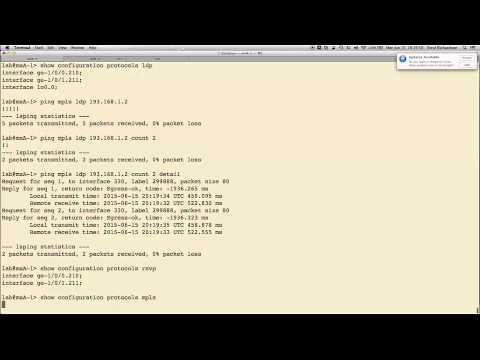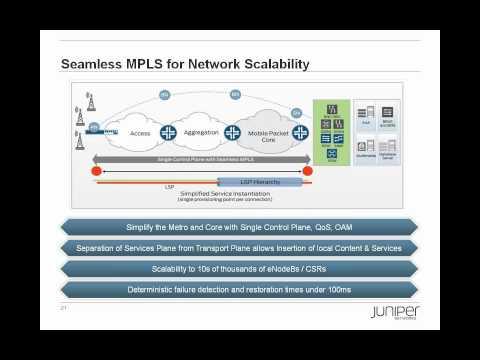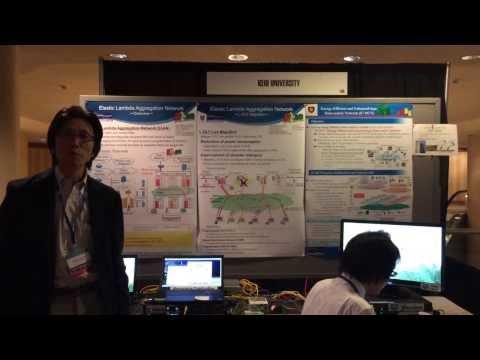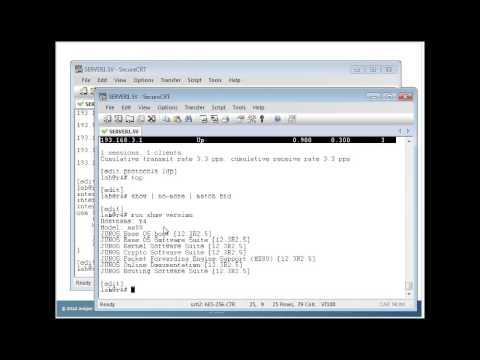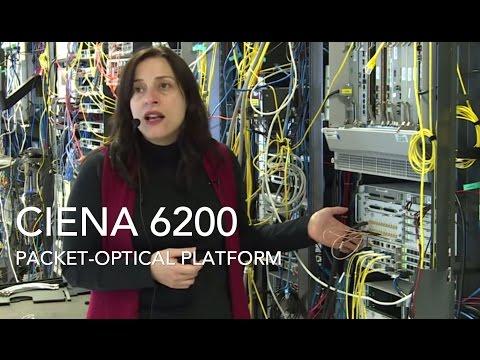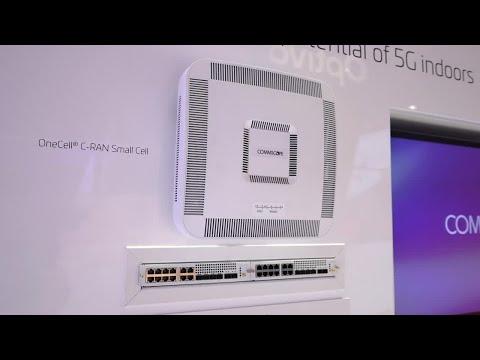Chalk Talk: MPLS Versus MPLS-TP
Description
In this Ciena Chalk Talk session, Bashar Abdullah provides an introduction to the features and benefits of MPLS-TP packet transport that make it a preferred alternative to traditional MPLS.
MPLS uses IP routing to discover network topology and uses signaling to establish paths of communication, thus allowing data transport to take place using a technique called label switching.
These MPLS paths are uni-directional, meaning the data can take a different path from Point A to Point B versus back again from Point B to Point A.
With MPLS-TP, the send and return paths are guaranteed to be congruent, meaning they will traverse the same segments of the network, both in the forward and reverse direction.
This is an important concept, as the use of congruent paths provides improved communications and predictability in the network.
Bashar Abdullah explains this and other benefits of MPLS-TP in this Chalk Talk video.
Have questions about the differences between MPLS and MPLS-TP? Ask in the comments section below and our experts will answer.




